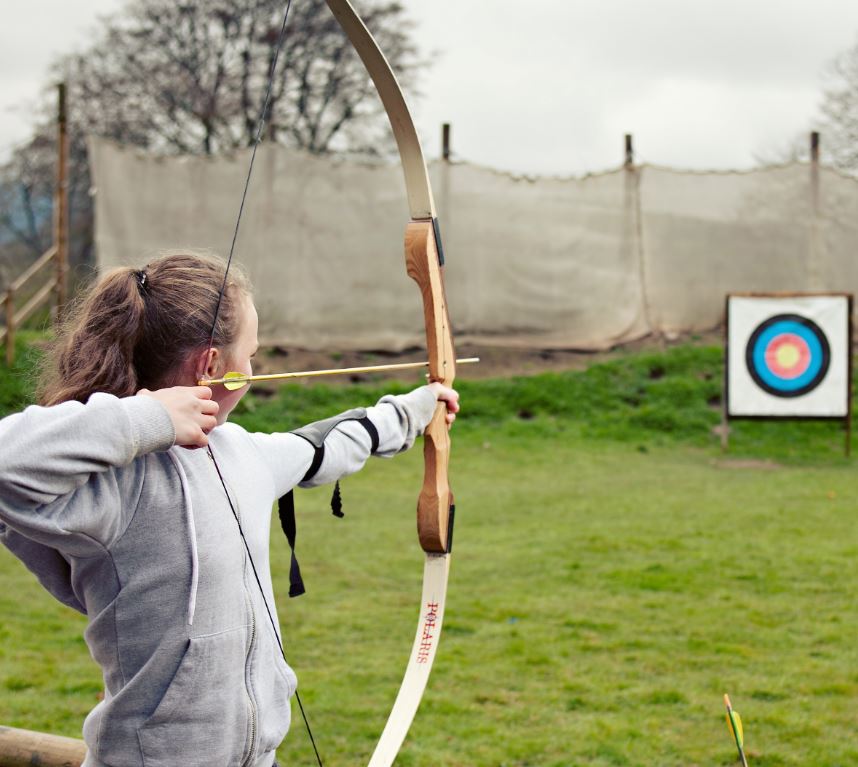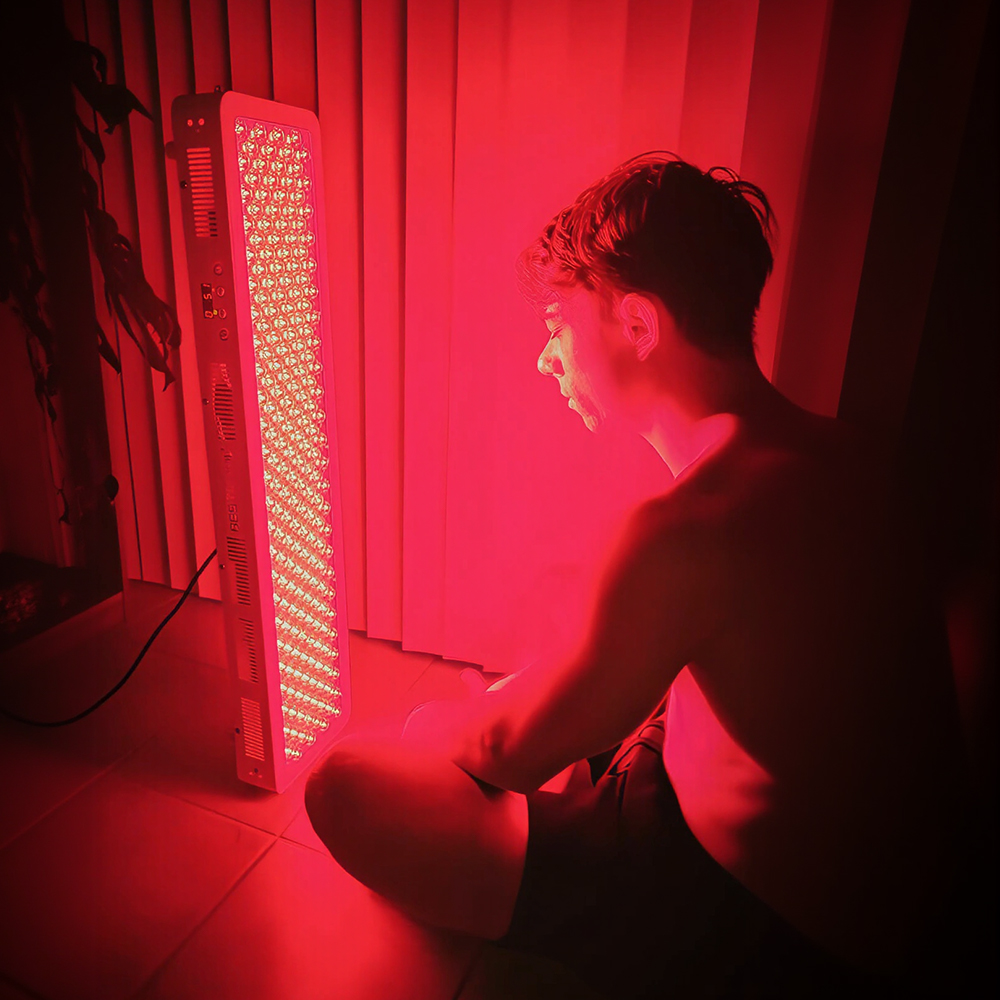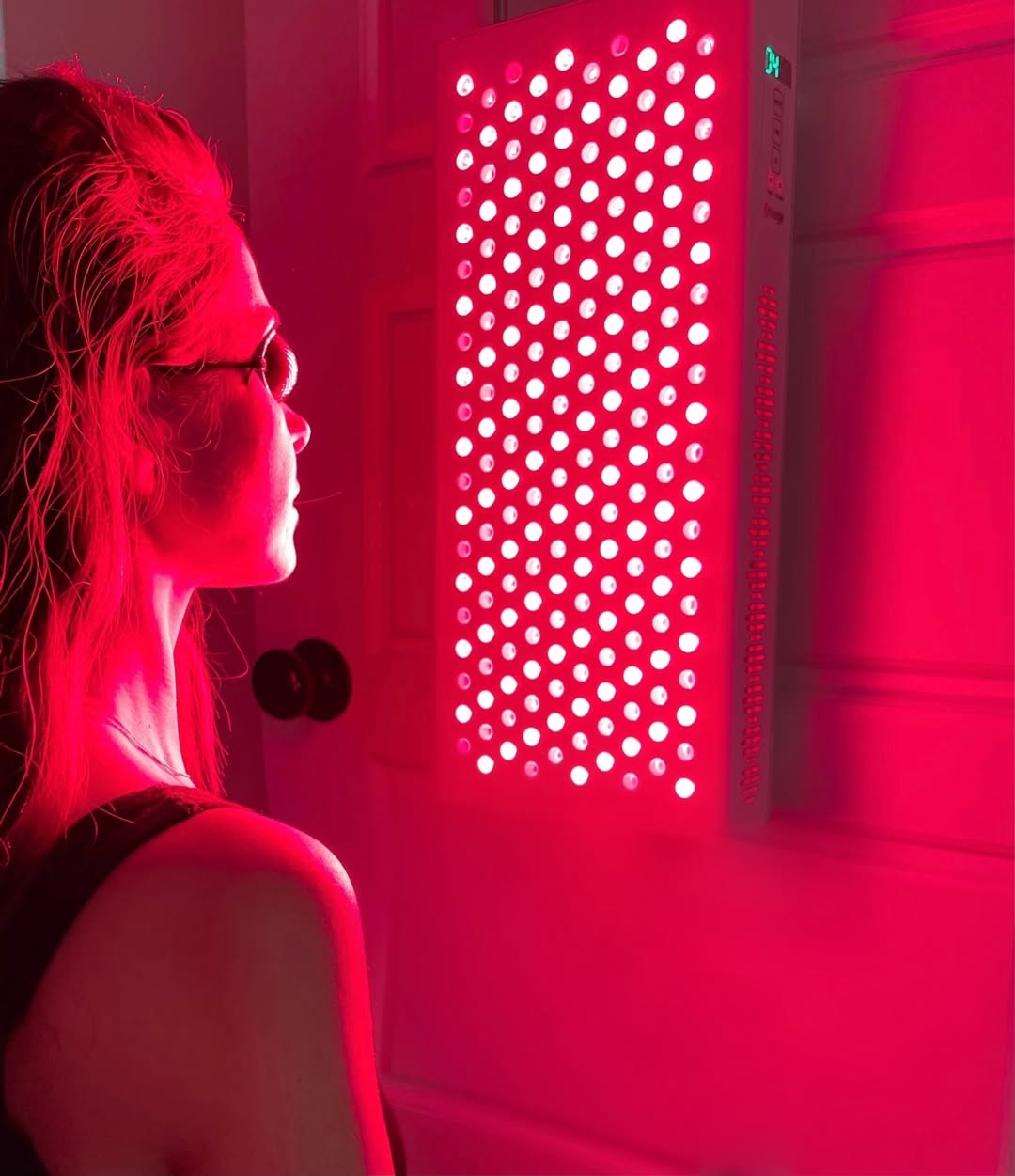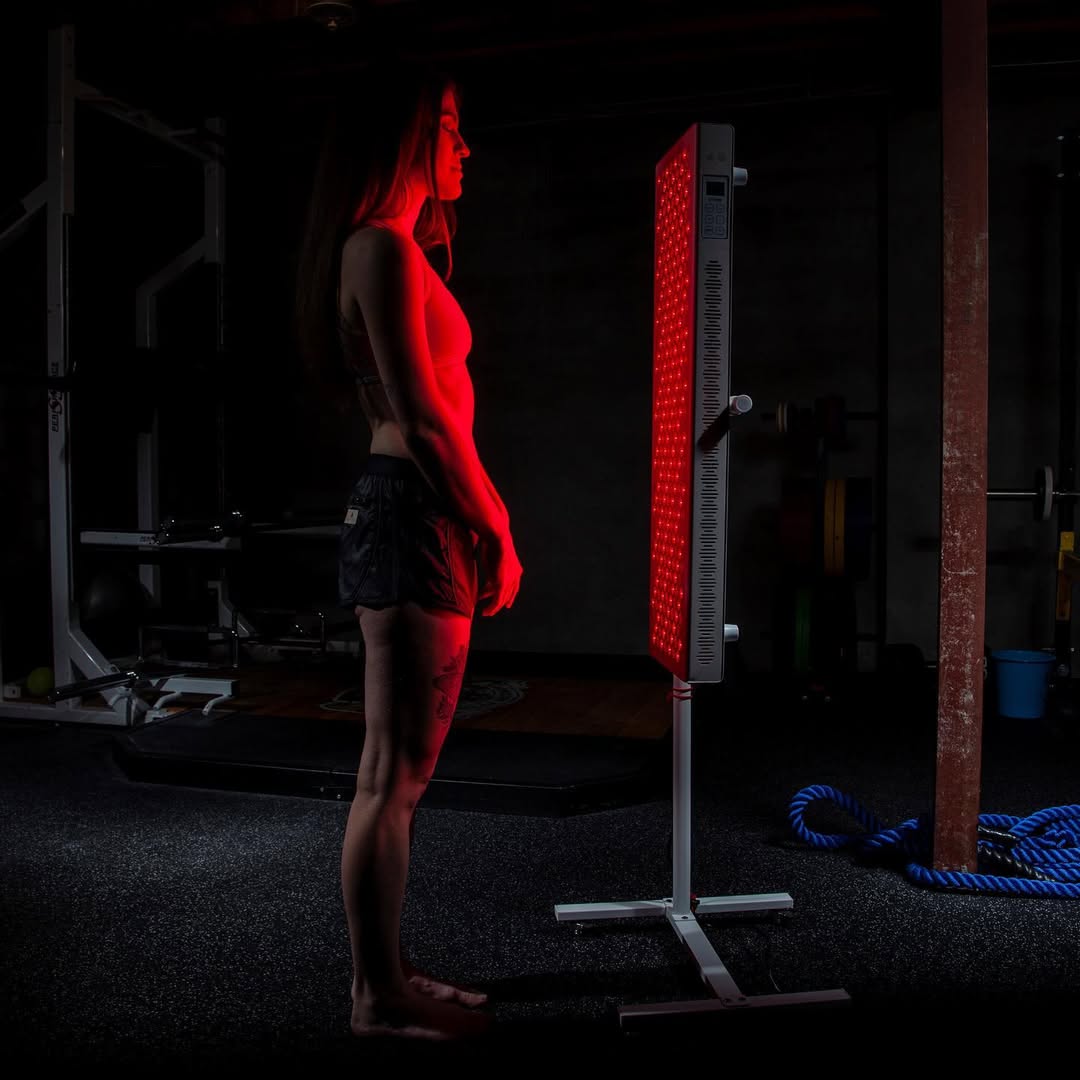![]() Free Shipping
Free Shipping ![]() Buy Now, Pay Later
Buy Now, Pay Later ![]() Eligible
Eligible
Is Red Light Therapy Beneficial for Archery?

Archery is a sport that demands precision, focus, and physical endurance. Whether you’re a competitive archer or a recreational bowhunter, optimizing performance and recovery is crucial. In recent years, red light therapy (RLT)—also known as low-level laser therapy (LLLT) or photobiomodulation—has gained attention as a potential tool for athletes. But can it really enhance archery performance?
In this article, we’ll explore:
- What red light therapy is and how it works
- The potential benefits for archers
- Scientific evidence supporting its use
- Practical ways to incorporate RLT into your training
What Is Red Light Therapy?
Red light therapy involves exposing the body to low-wavelength red and near-infrared light (typically between 630nm to 850nm). Unlike UV light, which can damage skin, RLT penetrates tissue without causing harm. Instead, it stimulates cellular energy production (ATP) by interacting with mitochondria, the “powerhouses” of cells.
This process leads to several physiological effects, including:
✔ Reduced inflammation
✔ Enhanced muscle recovery
✔ Improved circulation
✔ Faster healing of injuries
✔ Reduced joint and muscle pain
Given these benefits, it’s no surprise that athletes—from runners to weightlifters—are turning to RLT for an edge. But how does it apply to archery?
VELLGUS Elite V2
THE #1 RATED RED LIGHT DEVICE
VELLGUS pro V2
THE #1 RATED FULL BODY RED LIGHT DEVICE
How Red Light Therapy Could Benefit Archers
1. Faster Recovery for Overused Muscles
Archery is a repetitive motion sport, placing strain on specific muscle groups—particularly the shoulders, back, arms, and fingers. Over time, this can lead to fatigue, soreness, and even overuse injuries like tendonitis.
RLT may help by:
- Reducing muscle inflammation after long practice sessions
- Speeding up recovery between tournaments
- Preventing chronic injuries by promoting tissue repair
A 2016 study in the Journal of Athletic Training found that RLT significantly reduced muscle fatigue and soreness in athletes, suggesting it could be useful for archers who train intensely.
2. Improved Joint Mobility & Reduced Pain
Many archers experience shoulder, elbow, or wrist stiffness—especially those who shoot frequently. Conditions like “archer’s elbow” (similar to tennis elbow) can hinder performance.
RLT has been shown to:
- Alleviate joint pain (studies support its use for arthritis and tendonitis)
- Increase range of motion, which is critical for a smooth draw and release
A 2015 study in Lasers in Medical Science found that RLT improved joint flexibility and reduced pain in patients with musculoskeletal disorders—benefits that could translate to better archery form.
3. Enhanced Focus & Mental Clarity
Archery isn’t just physical—it’s a mental game. The ability to maintain focus, control breathing, and stay calm under pressure is essential.
Emerging research suggests RLT may:
- Boost cognitive function by increasing blood flow to the brain
- Reduce stress and anxiety, helping archers stay composed during competition
A 2019 study in Photobiomodulation, Photomedicine, and Laser Surgery found that near-infrared light therapy improved memory and reaction times, which could be beneficial for archers needing sharp focus.
4. Faster Injury Healing
If an archer suffers an injury—such as a strained rotator cuff or finger tendon damage—RLT may accelerate healing.
Studies have shown RLT helps with:
- Tissue regeneration (speeding up recovery from strains and sprains)
- Scar tissue reduction (important for maintaining smooth muscle movement)
This means less downtime and quicker return to training.
How to Use Red Light Therapy for Archery
If you’re interested in trying RLT, here are some practical ways to incorporate it:
1. Pre-Training Session (Warm-Up)
- Use RLT on shoulders, back, and arms to enhance blood flow and reduce stiffness before shooting.
- May help improve mobility for a smoother draw.
2. Post-Training Recovery
- Apply RLT to fatigued muscles (deltoids, rotator cuff, forearm) to reduce soreness.
- Helps prevent inflammation buildup after repetitive motions.
3. Injury Rehabilitation
- If recovering from an archery-related injury, use RLT daily to speed up healing.
- Combine with stretching and physical therapy for best results.
4. Mental Preparation
- Some athletes use RLT helmets (for brain stimulation) to enhance focus before competitions.
Scientific Limitations & Considerations
While the evidence for RLT is promising, it’s not a magic bullet. Key points:
- Consistency matters—most benefits come with regular use.
- Dosage is important—too little may have no effect; too much may be counterproductive.
- Not a substitute for proper training—RLT should complement, not replace, strength and technique work.
Final Verdict: Should Archers Try Red Light Therapy?
Yes—if used correctly, RLT could be a valuable tool for archers. The potential benefits—faster recovery, reduced pain, improved mobility, and mental clarity—make it worth considering, especially for competitive shooters.
However, it’s best used as part of a holistic training approach, including proper warm-ups, strength conditioning, and technique refinement.
Have You Tried RLT for Archery?
If you’ve experimented with red light therapy, share your experience in the comments! Did you notice improvements in recovery, pain relief, or performance? Let’s discuss!
References:
- Hamblin, M. R. (2017). Mechanisms and applications of the anti-inflammatory effects of photobiomodulation. AIMS Biophysics.
- Ferraresi, C. et al. (2016). Low-level laser therapy improves performance and reduces fatigue in athletes. Journal of Athletic Training.
- Bjordal, J. M. et al. (2006). A systematic review of low-level laser therapy for musculoskeletal disorders. Lasers in Medical Science.
Would you like recommendations on specific RLT devices for archers? Let me know! 🎯








